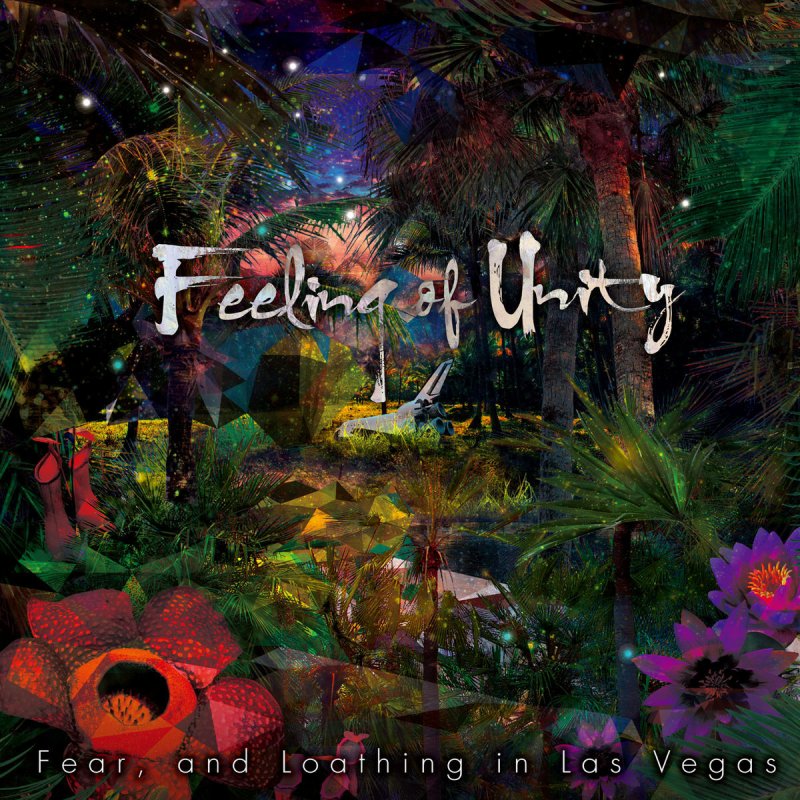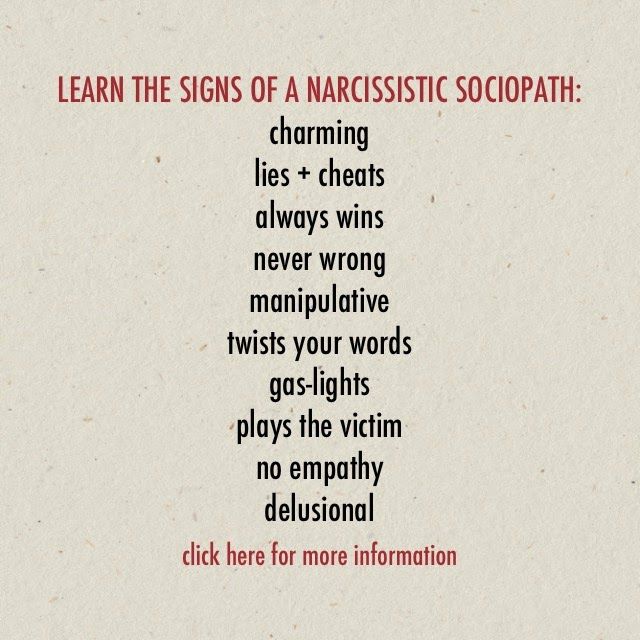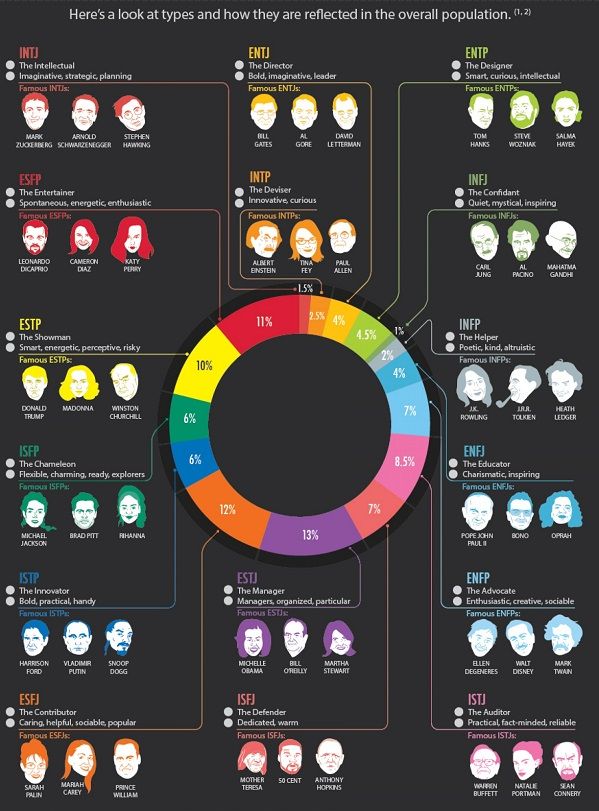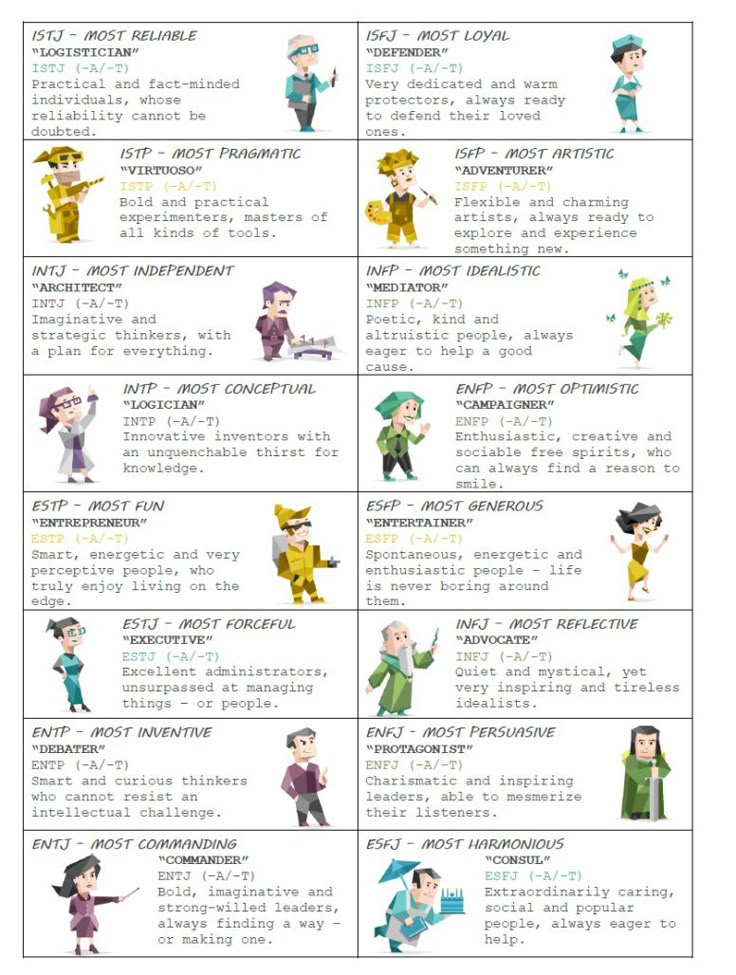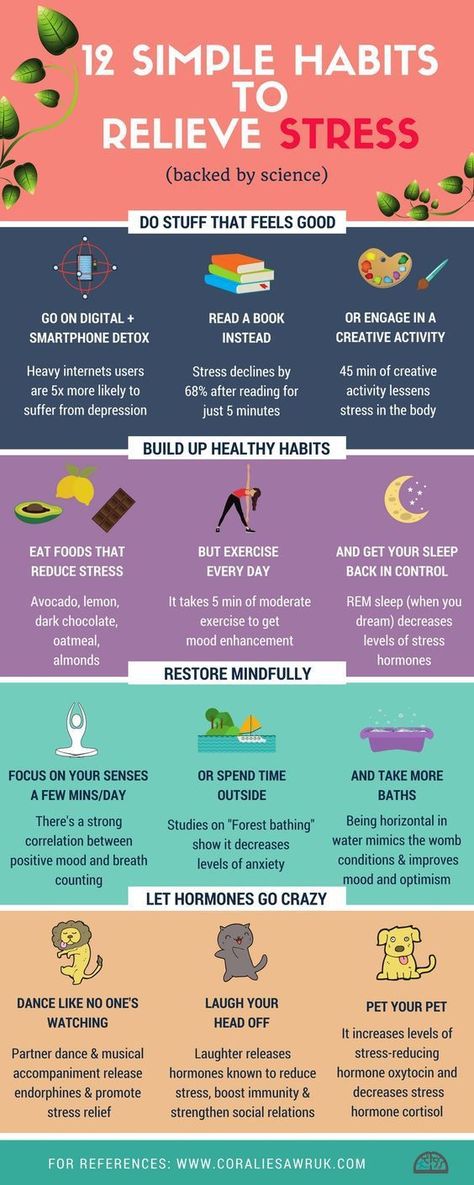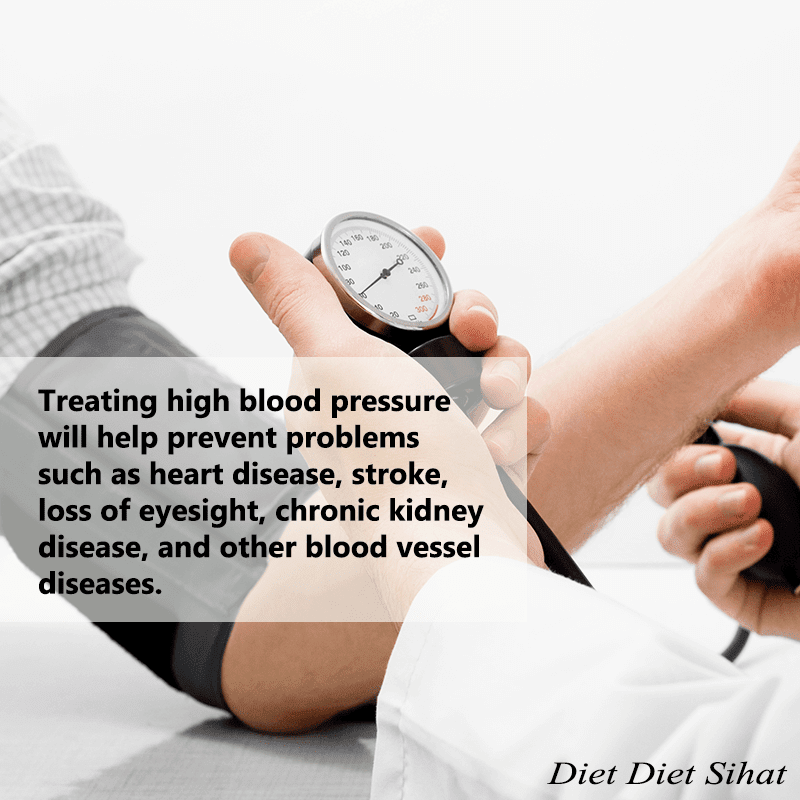Feelings of fear
Fears and Phobias (for Teens)
The roller coaster hesitates for a split second at the peak of its steep track after a long, slow climb. You know what's about to happen — and there's no way to avoid it now. It's time to hang onto the handrail, palms sweating, heart racing, and brace yourself for the wild ride down.
What Is Fear?
Fear is one of the most basic human emotions. It is programmed into the nervous system and works like an instinct. From the time we're infants, we are equipped with the survival instincts necessary to respond with fear when we sense danger or feel unsafe.
Fear helps protect us. It makes us alert to danger and prepares us to deal with it. Feeling afraid is very natural — and helpful — in some situations. Fear can be like a warning, a signal that cautions us to be careful.
Like all emotions, fear can be mild, medium, or intense, depending on the situation and the person. A feeling of fear can be brief or it can last longer.
How Fear Works
When we sense danger, the brain reacts instantly, sending signals that activate the nervous system. This causes physical responses, such as a faster heartbeat, rapid breathing, and an increase in blood pressure. Blood pumps to muscle groups to prepare the body for physical action (such as running or fighting). Skin sweats to keep the body cool. Some people might notice sensations in the stomach, head, chest, legs, or hands. These physical sensations of fear can be mild or strong.
This response is known as "fight or flight" because that is exactly what the body is preparing itself to do: fight off the danger or run fast to get away. The body stays in this state of fight–flight until the brain receives an "all clear" message and turns off the response.
Sometimes fear is triggered by something that is startling or unexpected (like a loud noise), even if it's not actually dangerous. That's because the fear reaction is activated instantly — a few seconds faster than the thinking part of the brain can process or evaluate what's happening. As soon as the brain gets enough information to realize there's no danger ("Oh, it's just a balloon bursting — whew!"), it turns off the fear reaction. All this can happen in seconds.
All this can happen in seconds.
page 1
Fears People Have
Fear is the word we use to describe our emotional reaction to something that seems dangerous. But the word "fear" is used in another way, too: to name something a person often feels afraid of.
People fear things or situations that make them feel unsafe or unsure. For instance, someone who isn't a strong swimmer might have a fear of deep water. In this case, the fear is helpful because it cautions the person to stay safe. Someone could overcome this fear by learning how to swim safely.
A fear can be healthy if it cautions a person to stay safe around something that could be dangerous. But sometimes a fear is unnecessary and causes more caution than the situation calls for.
Many people have a fear of public speaking. Whether it's giving a report in class, speaking at an assembly, or reciting lines in the school play, speaking in front of others is one of the most common fears people have.
People tend to avoid the situations or things they fear. But this doesn't help them overcome fear — in fact, it can be the reverse. Avoiding something scary reinforces a fear and keeps it strong.
But this doesn't help them overcome fear — in fact, it can be the reverse. Avoiding something scary reinforces a fear and keeps it strong.
People can overcome unnecessary fears by giving themselves the chance to learn about and gradually get used to the thing or situation they're afraid of. For example, people who fly despite a fear of flying can become used to unfamiliar sensations like takeoff or turbulence. They learn what to expect and have a chance to watch what others do to relax and enjoy the flight. Gradually (and safely) facing fear helps someone overcome it.
Fears During Childhood
Certain fears are normal during childhood. That's because fear can be a natural reaction to feeling unsure and vulnerable — and much of what children experience is new and unfamiliar.
Young kids often have fears of the dark, being alone, strangers, and monsters or other scary imaginary creatures. School-aged kids might be afraid when it's stormy or at a first sleepover. As they grow and learn, with the support of adults, most kids are able to slowly conquer these fears and outgrow them.
Some kids are more sensitive to fears and may have a tough time overcoming them. When fears last beyond the expected age, it might be a sign that someone is overly fearful, worried, or anxious. People whose fears are too intense or last too long might need help and support to overcome them.
page 2
Phobias
A phobia is an intense fear reaction to a particular thing or a situation. With a phobia, the fear is out of proportion to the potential danger. But to the person with the phobia, the danger feels real because the fear is so very strong.
Phobias cause people to worry about, dread, feel upset by, and avoid the things or situations they fear because the physical sensations of fear can be so intense. So having a phobia can interfere with normal activities. A person with a phobia of dogs might feel afraid to walk to school in case he or she sees a dog on the way. Someone with an elevator phobia might avoid a field trip if it involves going on an elevator.
A girl with a phobia of thunderstorms might be afraid to go to school if the weather forecast predicts a storm. She might feel terrible distress and fear when the sky turns cloudy. A guy with social phobia experiences intense fear of public speaking or interacting, and may be afraid to answer questions in class, give a report, or speak to classmates in the lunchroom.
It can be exhausting and upsetting to feel the intense fear that goes with having a phobia. It can be disappointing to miss out on opportunities because fear is holding you back. And it can be confusing and embarrassing to feel afraid of things that others seem to have no problem with.
Sometimes, people get teased about their fears. Even if the person doing the teasing doesn't mean to be unkind and unfair, teasing only makes the situation worse.
What Causes Phobias?
Some phobias develop when someone has a scary experience with a particular thing or situation. A tiny brain structure called the amygdala (pronounced: uh-MIG-duh-luh) keeps track of experiences that trigger strong emotions.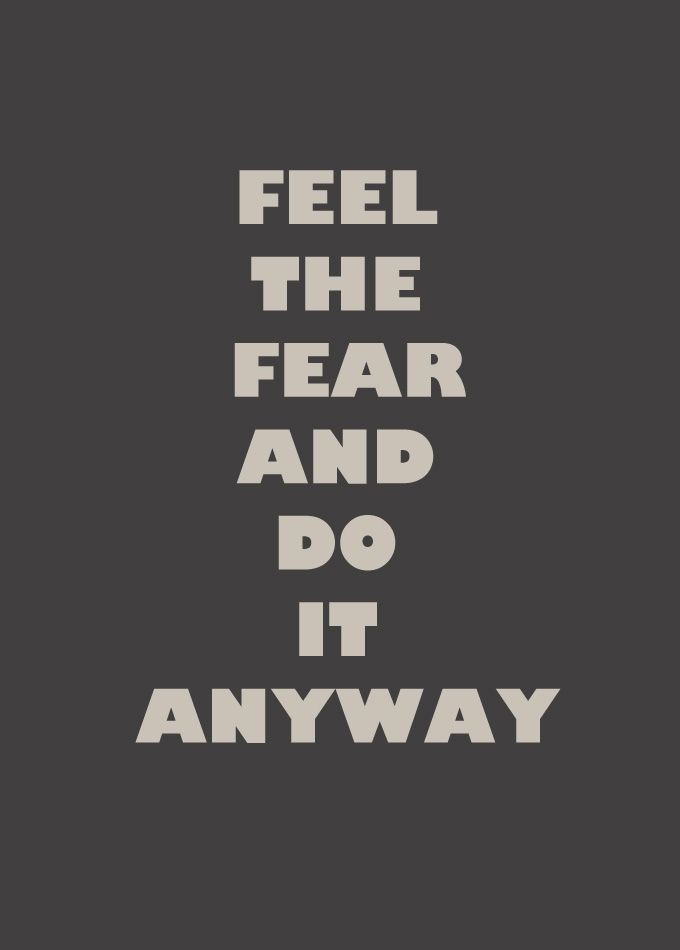 Once a certain thing or situation triggers a strong fear reaction, the amygdala warns the person by triggering a fear reaction every time he or she encounters (or even thinks about) that thing or situation.
Once a certain thing or situation triggers a strong fear reaction, the amygdala warns the person by triggering a fear reaction every time he or she encounters (or even thinks about) that thing or situation.
Someone might develop a bee phobia after being stung during a particularly scary situation. For that person, looking at a photograph of a bee, seeing a bee from a distance, or even walking near flowers where there could be a bee can all trigger the phobia.
Sometimes, though, there may be no single event that causes a particular phobia. Some people may be more sensitive to fears because of personality traits they are born with, certain genes they've inherited, or situations they've experienced. People who have had strong childhood fears or anxiety may be more likely to have one or more phobias.
Having a phobia isn't a sign of weakness or immaturity. It's a response the brain has learned in an attempt to protect the person. It's as if the brain's alert system triggers a false alarm, generating intense fear that is out of proportion to the situation. Because the fear signal is so intense, the person is convinced the danger is greater than it actually is.
Because the fear signal is so intense, the person is convinced the danger is greater than it actually is.
page 3
Overcoming Phobias
People can learn to overcome phobias by gradually facing their fears. This is not easy at first. It takes willingness and bravery. Sometimes people need the help of a therapist to guide them through the process.
Overcoming a phobia usually starts with making a long list of the person's fears in least-to-worst order. For example, with a dog phobia, the list might start with the things the person is least afraid of, such as looking at a photo of a dog. It will then work all the way up to worst fears, such as standing next to someone who's petting a dog, petting a dog on a leash, and walking a dog.
Gradually, and with support, the person tries each fear situation on the list — one at a time, starting with the least fear. The person isn't forced to do anything and works on each fear until he or she feels comfortable, taking as long as needed.
A therapist could also show someone with a dog phobia how to approach, pet, and walk a dog, and help the person to try it, too. The person may expect terrible things to happen when near a dog. Talking about this can help, too. When people find that what they fear doesn't actually turn out to be true, it can be a great relief.
A therapist might also teach relaxation practices such as specific ways of breathing, muscle relaxation training, or soothing self-talk. These can help people feel comfortable and bold enough to face the fears on their list.
As somebody gets used to a feared object or situation, the brain adjusts how it responds and the phobia is overcome.
Often, the hardest part of overcoming a phobia is getting started. Once a person decides to go for it — and gets the right coaching and support — it can be surprising how quickly fear can melt away.
What is Fear? | What Causes Fear?
| Emotions | Anger | Contempt | Disgust | Enjoyment | Sadness | Surprise |
| Emotions |
| Anger |
| Contempt |
| Disgust |
| Enjoyment |
| Sadness |
| Surprise |
What is Fear?
Fear is one of the seven universal emotions experienced by everyone around the world. Fear arises with the threat of harm, either physical, emotional, or psychological, real or imagined. While traditionally considered a “negative” emotion, fear actually serves an important role in keeping us safe as it mobilizes us to cope with potential danger.
Fear arises with the threat of harm, either physical, emotional, or psychological, real or imagined. While traditionally considered a “negative” emotion, fear actually serves an important role in keeping us safe as it mobilizes us to cope with potential danger.
Feeling fear
The family of fearful experiences can be distinguished in terms of three factors:
-
- Intensity: How severe is the harm that is threatened?
- Timing: Is the harm immediate or impending?
- Coping: What, if any, actions can be taken to reduce or eliminate the threat?
When we are able to cope with the threat, this lessens or removes the fear. Alternatively, when we are helpless to decrease the threat of harm, this intensifies the fear.
Source: Atlas of Emotions
Fear can sometimes take place immediately following surprise and often oscillates with the experience of anger.
What makes us fearful
The universal trigger for fear is the threat of harm, real or imagined. This threat can be for our physical, emotional or psychological well-being. While there are certain things that trigger fear in most of us, we can learn to become afraid of nearly anything.
Common fear triggers:
- Darkness or loss of visibility of surroundings
- Heights and flying
- Social interaction and/or rejection
- Snakes, rodents, spiders and other animals
- Death and dying
Moods and disorders
Persistent fear can sometimes be referred to as anxiety if we feel constantly worried without knowing why. The inability to identify the trigger prevents us from being able to remove ourselves, or the actual threat, from the situation.
While anxiety is a common experience for many people, it can be considered a disorder when it is recurrent, persistent, intense, and interferes with basic life tasks such as work and sleep.
For more information about anxiety and phobias, read here.
Recognizing fear
Facial expression of fear
The facial expression of fear is often confused with surprise. While both expressions show distinctly raised eyebrows, a fear expression's eyebrows are straighter and more horizontal whereas in surprise they are raised and curved. The upper eyelid is also lifted higher in fear than in surprise, exposing more sclera (white of the eye). Finally, the lips are tensed and stretched in fear but more open and slack in surprise.
Vocal expression of fear
When experiencing fear, one’s voice often has a higher pitch and more strained tone. One may also scream.
Sensations of fear
Common sensations include feeling cold and shortness of breath. It also may include sweating and trembling or tightening of muscles in the arms and legs.
Posture of fear
The posture of fear can either be one of mobilizing or immobilizing- freezing or moving away.
The function of fear
The universal function of fear is to avoid or reduce harm. Depending on what we have learned in the past about what can protect us in dangerous situations, we are capable of doing many things we wouldn’t typically be able, or willing, to do in order to stop the threat.
The immediate threat of harm focuses our attention, mobilizing us to cope with the danger. In this way, fear can actually save our lives by forcing us to react without having to think about it (e.g., jumping out of the way of a car coming at us). The evolutionary preset actions of fear include fight, flight and freezing.
Responding to fear in ourselves
While traditionally considered a “negative” emotion, fear actually serves an important role in keeping us safe. It can, however, also keep us feeling trapped and prevent us from doing things we’d like to. Whereas some people find fear nearly intolerable and avoid the emotion at all costs, others experience pleasure from feeling fear and seek it out (i. e., watching a horror film).
e., watching a horror film).
Responding to fear in others
It takes a well-developed capacity for compassion to respect, feel sympathetic toward, and patiently reassure someone who is afraid of something we are not afraid of (most of us dismiss such fears). We do not need to feel another person's fear to accept it and help them cope.
Additional Resources
Learn to recognize and respond to the emotional expressions of others with our online micro expressions training tools to increase your ability to detect deception and catch subtle emotional cues.
Expand your knowledge of emotional skills and competencies with in-person workshops offered through Paul Ekman International.
Build your emotional vocabulary with the Atlas of Emotions, a free, interactive learning tool created by Drs. Paul and Eve Ekman at the request of the Dalai Lama.
Read Dr. Ekman’s guide to emotions, the best-seller Emotions Revealed.
Introduce the world of emotions to children in a fun way with Dr. Ekman's official guide to Disney•Pixar's Inside Out.
treatment, how to get rid of anxiety, how to deal with anxiety for no reason
Anxiety is a negatively colored mood with feelings of worry, tension, and fear. In moderation, such emotions are useful: they help to mobilize forces and find a way out of extreme situations. But there must be grounds for concern, and normally it lasts a limited period of time.
If a person constantly experiences a feeling of anxiety and anxiety for no reason, this may indicate the presence of a mental disorder. In the absence of help, constant tension wears out the nervous system and the body as a whole, which leads to a breakdown in adaptation mechanisms and the development of chronic diseases.
If you notice that you cannot relax for a long time, then you should think about visiting a specialist.
In pathological cases, a state of anxiety and restlessness without a cause manifests itself both mentally and physically.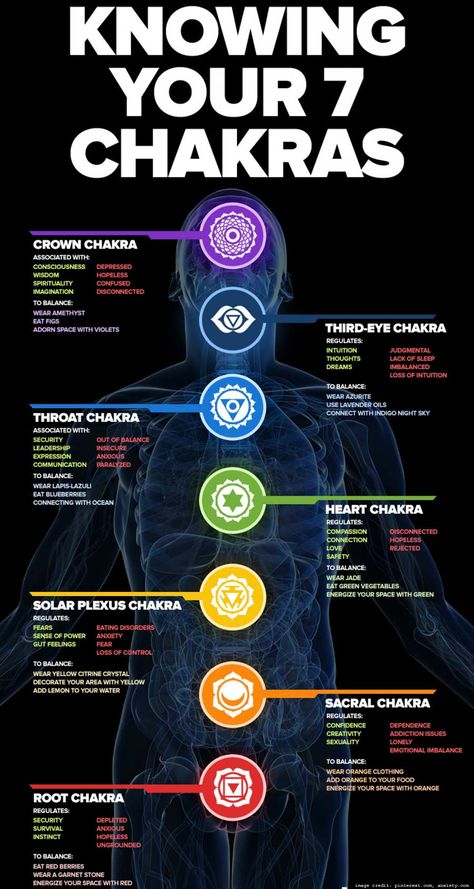
Mental symptoms:
- constant feeling of fear and excitement for no reason,
- poor concentration and attention,
- sleep disorders,
- emotional lability, irritability, tearfulness,
- inability to relax and fully engage in daily activities or communication,
- the need to reassure others that everything is okay. At the same time, words of support do not bring relief.
Physical symptoms:
- rapid breathing and heartbeat,
- headaches, pain in the abdomen and in the region of the heart,
- excessive sweating,
- eating disorders: increased or loss of appetite,
- weakness,
- shivering, chills,
- stool disorders: frequent urge, constipation,
- feeling short of breath,
- nausea,
- muscle spasms and pain.
Unreasonable anxiety and anxiety increase or smooth out from time to time.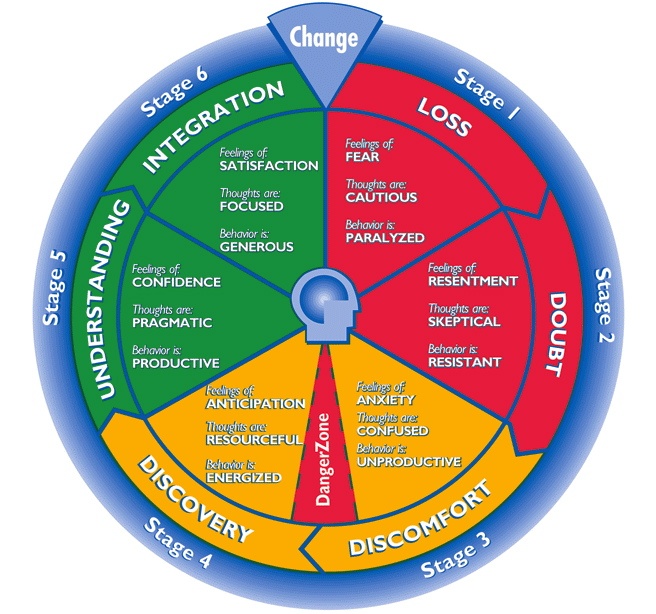 Exacerbations often accompany stress: conflicts, important events, illness. Normally, a person recovers quickly after the situation is resolved, but when upset, negative emotions do not go away.
Exacerbations often accompany stress: conflicts, important events, illness. Normally, a person recovers quickly after the situation is resolved, but when upset, negative emotions do not go away.
The intensity of anxiety varies from mild to severe. The extreme is panic. If you ignore an anxiety state for a long time for no reason, then panic attacks can join it. They overtake unexpectedly and sometimes without a good enough reason, but after this episode, a person begins to avoid situations similar to the one in which it happened: public transport, an elevator, or just a crowd of people. This greatly reduces the quality of life and can lead to social isolation.
Causes of causeless anxiety and anxiety
The occurrence of anxiety disorder is influenced by heredity. It has been found that certain brain structures and features of biological processes play an important role in the emergence of fear and anxiety. Personal characteristics, somatic health problems, lifestyle and various types of addictions also matter. Sometimes there is no cause for causeless anxiety and worry. Negative feelings usually have a trigger - an event or thought that causes an anxious response. However, most people are not aware of their triggers and believe that their emotions are groundless. In this case, only a specialist will help to understand why excitement arises for no reason.
Sometimes there is no cause for causeless anxiety and worry. Negative feelings usually have a trigger - an event or thought that causes an anxious response. However, most people are not aware of their triggers and believe that their emotions are groundless. In this case, only a specialist will help to understand why excitement arises for no reason.
There are a number of diseases, the symptoms of which are constant anxiety. With causeless fear and anxiety, the reasons may be as follows:
- Generalized Anxiety Disorder: Persistent nervousness and worry over small things that are usually visible to others and last 6 or more months. It starts in adolescence and intensifies with age.
- Obsessive-compulsive disorder: obsessive thoughts and fears that are accompanied by obsessive actions that do not bring relief. Obsessive-compulsive disorder is distinguished - a person is indomitably haunted by memories that reproduce a traumatic situation.
- Phobias: irrational fear of any, even mundane, things.
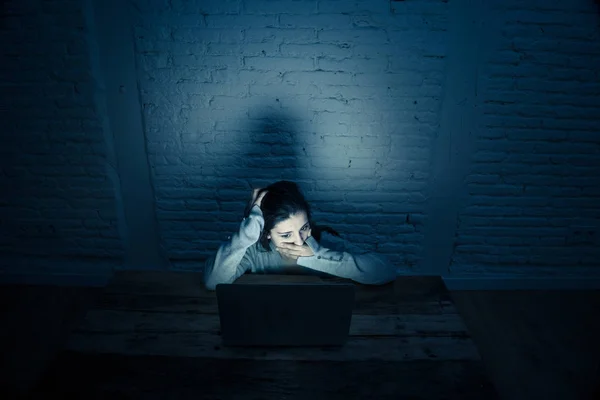 Accompanied by uncontrolled panic and physical manifestations.
Accompanied by uncontrolled panic and physical manifestations. - Panic attack - an excruciating and sudden attack of panic, which is accompanied by a fear of death and vivid somatic symptoms. The regular occurrence of panic attacks means the development of a panic disorder.
- Post-traumatic stress disorder: occurs after a severe traumatic situation and is accompanied by high levels of anxiety, avoidance and flashbacks.
These are the most common examples, but pathological anxiety can be a symptom of other disorders or the result of a failed stress management. If you want to understand why there is a feeling of anxiety for no reason, you should consult a doctor. Without clarifying the main factor and working on it, it is impossible to restore health and peace of mind.
What to do with causeless anxiety and anxiety
It is difficult to live in constant stress. If you experience causeless anxiety and fear of what to do, the following list will tell you:
- Talk to someone you trust.
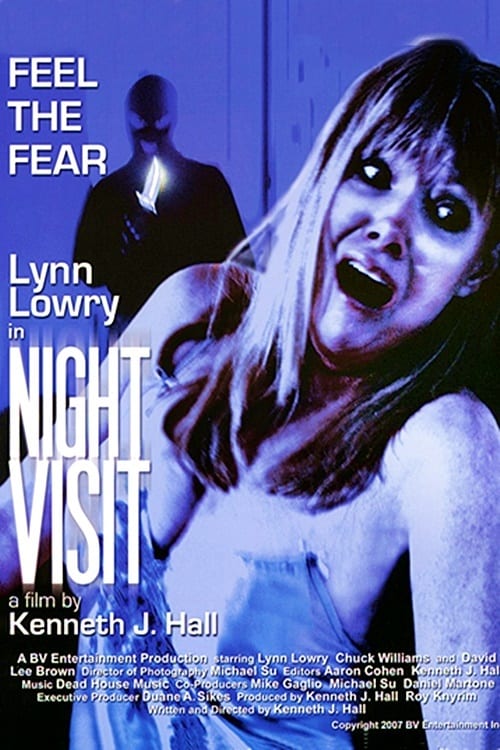 This could be a relative, a close friend, a therapist, or a helpline employee. People are social creatures, so communication is a good way to relieve internal tension.
This could be a relative, a close friend, a therapist, or a helpline employee. People are social creatures, so communication is a good way to relieve internal tension. - Find a way to calm down quickly. There is not always a person with whom you can share. Therefore, it is important to find a suitable method that will help you relax: breathing techniques, soothing music, aromatherapy, self-massage, and more. If you cannot independently choose a technique that quickly helps with anxiety for no reason, a specialist will tell you what to do.
- Add physical activity to your life. It is a natural and effective remedy for anxiety. Moderate sport relieves stress, lowers stress hormones, and strengthens the nervous system. Get at least 30 minutes of physical exercise a day.
- Normalization of lifestyle. Get enough sleep, eat well, give up bad habits. This stabilizes physical performance and neurotransmitter levels, which helps maintain emotional balance.
- Start keeping a diary.
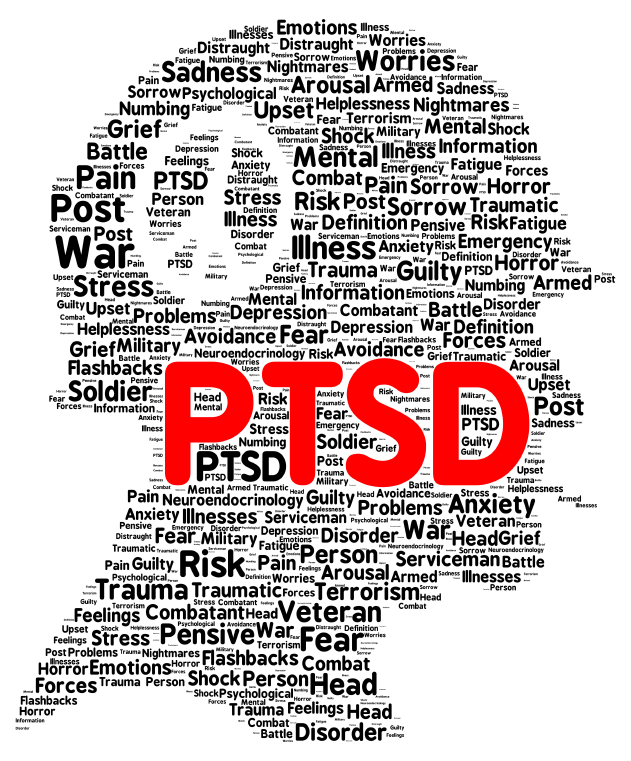 Notes help identify patterns of anxiety flare-ups, understand the causes, and notice early signs of their occurrence. Also, thanks to this, you will begin to focus more on positive events that you might not have noticed before.
Notes help identify patterns of anxiety flare-ups, understand the causes, and notice early signs of their occurrence. Also, thanks to this, you will begin to focus more on positive events that you might not have noticed before.
With excitement for no reason, everyone who regularly encounters this wants to know what to do. There is no universal method, however, the 5 steps listed above are recommended for every person with increased anxiety. This may be enough to alleviate symptoms. But if self-help techniques do not give the desired effect, then with a regularly occurring feeling of anxiety for no reason, you need to find out from a specialist what to do.
Treatment of causeless feelings of anxiety and restlessness
Regardless of the cause of pathological anxiety, professional help is the only complete method to eliminate the problem. If you have constant excitement and anxiety for no reason, you can quickly and effectively learn from a psychiatrist or psychotherapist how to get rid of this condition.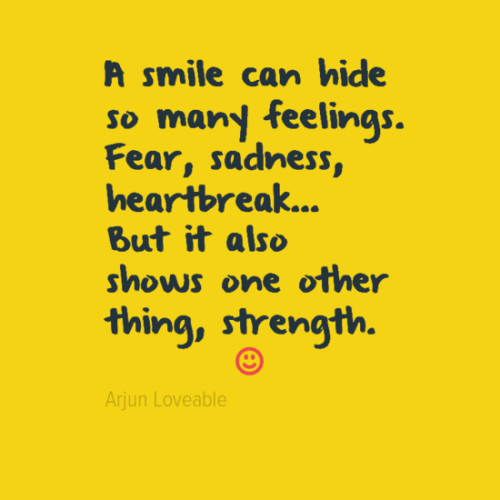
Due to the diversity of anxiety disorders, their therapy must be adapted to the individual clinical picture and diagnosis. Therefore, only a highly qualified specialist who has experience working with different types of anxiety conditions can tell you how to get rid of an anxiety state for no reason. For example, the therapy algorithm for a patient with obsessive-compulsive disorder (OCD) is different from the help for panic attacks.
For a state of anxiety and anxiety without a cause, treatment includes the following approaches:
- Psychotherapy. The most promising direction, which not only eliminates the symptom, but identifies the cause and fights it. Therapy teaches when feeling anxiety for no reason, how to get rid of acute attacks of anxiety, relax, look at life situations differently. The doctor will help to uncover the main causes of your fears and work them out. The patient receives the tools to overcome anxiety and uses them successfully. Cognitive-behavioral therapy is usually used: in the course of treatment, the patient encounters an object of concern and gradually gains confidence that he can control the situation.

-
Medical therapy. Depending on the type of anxiety and the presence of associated mental or physical health problems, antidepressants, sedatives, sleeping pills, and other drugs may be prescribed. When anxiety is felt without a cause, drug treatment will alleviate the symptoms and improve the quality of life of the patient during his psychotherapeutic work on the underlying cause. Uncontrolled medication leads to dangerous side effects and withdrawal syndrome, so they can only be used according to the individual course prescribed by the doctor.
It is recommended to use a combination of psychotherapeutic and drug treatment, but sometimes only the first one is enough.
You should not put off visiting a doctor if you feel that experiences are preventing you from living. Over time, the symptoms worsen and other severe mental illnesses join: depression, neurotic disorders, and more. If the normalization of lifestyle does not help, it means that you will understand how to get rid of unreasonable anxiety only from a psychotherapist.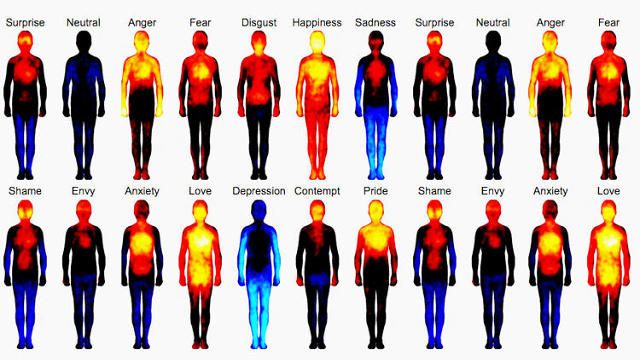 With a timely appeal to a competent specialist, only a few sessions of psychotherapy may be enough for recovery.
With a timely appeal to a competent specialist, only a few sessions of psychotherapy may be enough for recovery.
Thanks to modern psychotherapeutic approaches, hundreds of people are making great strides every day in the fight against anxiety disorders. There is no need to endure the painful burden of fear and anxiety, because timely assistance allows you to achieve excellent results: the patient will fully recover and return to a full life, and the improvement will be noticeable after the first session.
What is fear: where does it come from and how to get rid of it
Fear is a basic emotion that helps to avoid danger. But its downside is chronic stress, anxiety and panic. Understanding the nature of fear and how to manage it0003
What is fear
Fear is an emotion that arises in a situation of threat to the biological or social existence of a person. It is directed at the source of danger, which can be both real and imagined. Fear is felt as anxiety, restlessness and mental turmoil.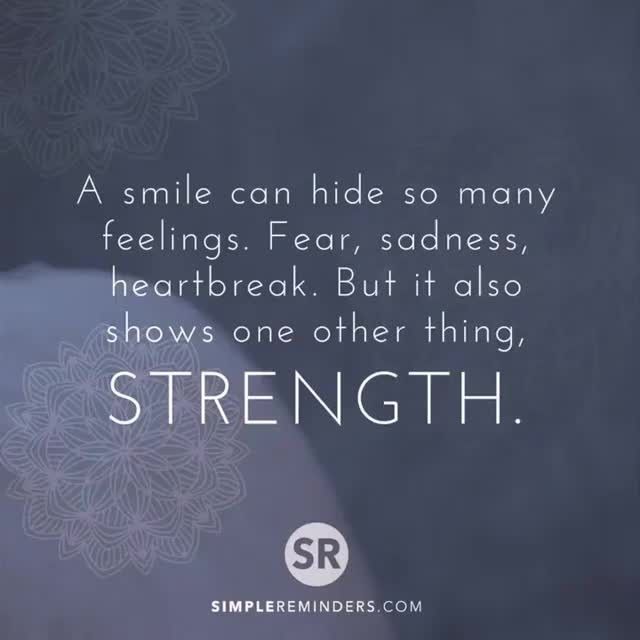
At the same time, scientists do not have an unambiguous interpretation explaining what fear is. American psychologist William James called fear a basic instinct and one of the seven most powerful emotions. Sigmund Freud considered fear to be an affective state of expectation of some kind of threat. Fear of something specific he called fear, and pathological fear - phobia. The American psychologist Carroll Izard argued that fear manifests itself as anxiety or a disturbing foreboding. And it is one of the most dangerous emotions - it can bring a person to death.
Fear is characteristic not only for people, but also for animals. So, many species of mammals are afraid of thunderstorms and thunder, new unfamiliar objects. Charles Darwin, in The Emotions of Men and Animals, noted that the emotion of fear manifests itself in a similar way in all closely related species. However, unlike primates, humans fear not only real but also imagined threats.
In 2015, videos of cats that are afraid of cucumbers became very popular - in fact, their fear is caused by the fact that cucumbers are discreetly placed behind them
How fear differs from a phobia
An extreme level of fear can lead to the development of a phobia - an obsessive fear of certain objects, movements, actions and situations. Phobias turn the normal fear response into something that is difficult or impossible to control. Among the most common phobias in humans are: fear of spiders and snakes, fear of heights, thunder and lightning, fear of injections, public speaking and small spaces.
Phobias turn the normal fear response into something that is difficult or impossible to control. Among the most common phobias in humans are: fear of spiders and snakes, fear of heights, thunder and lightning, fear of injections, public speaking and small spaces.
How fear manifests itself
Fear consists of two main components: physical and emotional reactions.
Physical reaction to fear
Each person may experience fear differently, but some physical reactions are similar:
- pupils dilate;
- heartbeat accelerates;
- breathing quickens and becomes shallow;
- skin turns pale, face reddens;
- muscles tense all over the body, which may cause them to shake or tremble;
- nausea appears in the stomach.
The purpose of these bodily responses is to prepare the person to fight for life or run away from a threat - this is called the "fight or flight" response. In an emergency, it causes blood to rush to the muscles, raises blood sugar levels, and gives the mind the ability to focus on what the body perceives as a threat.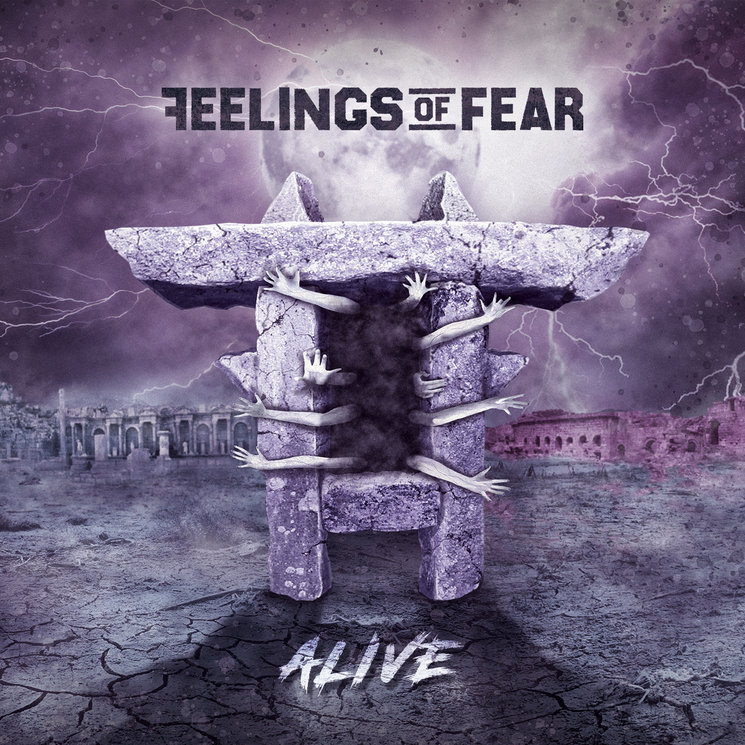
Emotional reaction to fear
Emotional reaction to fear is individual for each person. When fearful, people may experience emotions such as:
- anger;
- alarm;
- anxiety;
- anger.
Scientists have also shown that there are differences in how people express fear in different cultures, situations, and even within the same situation.
Are there people who are fearless?
The complete absence of fear is observed in people with Urbach-Wiethe disease, a rare genetic disease that leads to damage to the amygdala in the brain, which is responsible for the feeling of fear. The disease is rare - less than 300 people worldwide are registered in the medical literature.
Sounds like a superpower, but it's not. Such people do not have an instant reaction to the danger of "fight or flight", it is easy for them to get into trouble. The full awareness of mortal danger will cause them nothing but surprise or interest.
Fearless can be called people who perform feats in extreme situations. But in this case, the “fight or flight” reaction works here - fear gives strength and courage.
Where do fears come from
The reasons why we experience fear depend on individual characteristics: gender, age, character and temperament, social environment. Scientists agree that the appearance of a certain fear or phobia is influenced by genetics, environment, acquired habits and experience.
Conventionally, fears can be divided into several groups:
- Congenital are fears that allow a person to know in advance about impending danger. We are born with two innate fears: the fear of falling and the fear of loud noises. In ancient times, fear was the key to survival. For example, fear of predators, darkness, thunderstorms. The causes of these fears lie in the subconscious of each of us, and it is very difficult to eliminate them.
- Acquired - These fears usually develop in childhood and may be the result of early traumatic experiences with the object, event, or situation causing the fear.
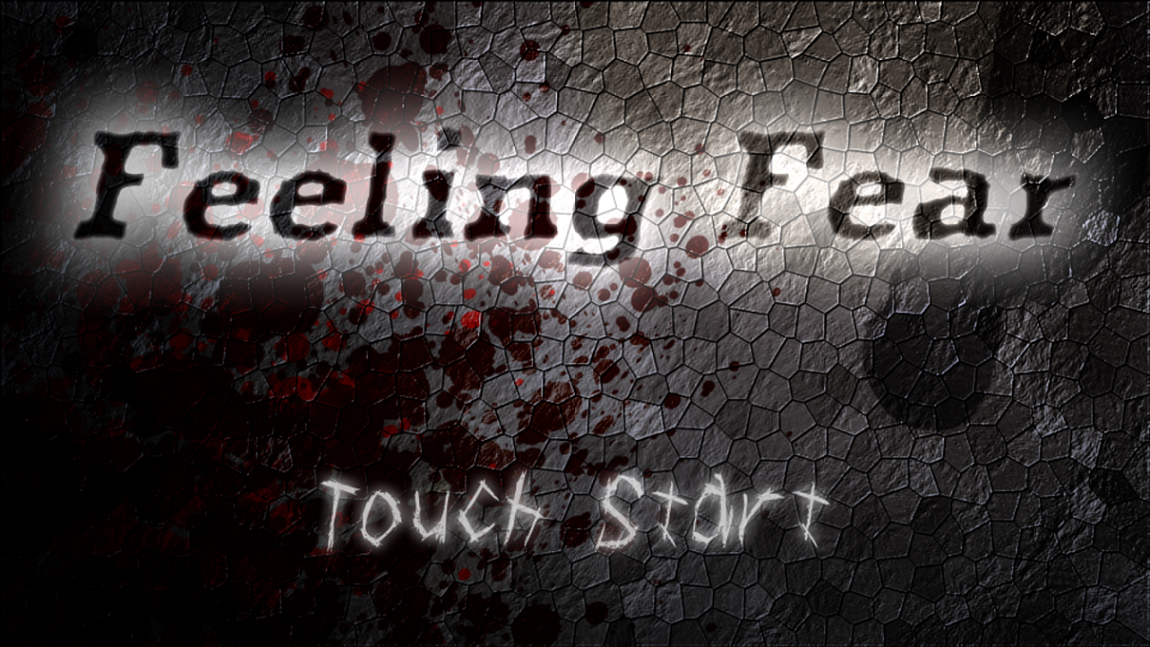 For example, the fear of cars, which may arise due to an accident.
For example, the fear of cars, which may arise due to an accident. - Imaginary - fears associated with what a person has never encountered. The reasons for such fears are people's stories, media reports, influence from outside.
The Good Qualities of Fear
In many situations, fear is normal and healthy. Fear is a defensive reaction, because it is caution that is the basis of survival. It warns of an approaching threat and helps keep us from getting into dangerous situations. A person who cannot swim will not go deep into the water for fear of drowning.
Fear also helps us react to danger without thinking about it, helps us focus and mobilize. For example, if a car is driving towards us, fear can make us jump out of the way and thus save our lives.
When fear is harmful
When it turns out to be far-fetched and has little to do with reality, when the threat turns out to be imaginary and there is simply no reason for it, fear has a destructive effect on a person. The physical and emotional response to fear can be so extreme that it can negatively impact people's lives.
The physical and emotional response to fear can be so extreme that it can negatively impact people's lives.
It restricts a person's freedom, makes him passive, distorts and even narrows his perception of what is happening. And if such fear arises again and again, it becomes impossible to live a full life. Unreasonable fear can cause absolute harm, becoming a serious psychological hindrance in life. You need to learn how to deal with such fears.
Oksana Okhotnikova, clinical psychologist, gestalt consultant:
“People like to divide all emotions into good and bad. At the same time, it is customary to somehow suppress and stop negative emotions. But this comes from ignorance of what emotions are and why they are needed. Emotions are the ancient regulator of our behavior. They allow us to assess the situation, to understand our needs. Emotions work faster than our conscious mind. Fear is neither bad nor good - it is a natural physiological reaction of the body in response to danger.
Harm occurs when a person is constantly in fear - this causes somatic diseases and reduces immunity. When people are exhausted, they perceive any event harder. And fear itself makes a person’s life inferior.”
How to overcome fear
When fear causes severe anxiety or takes the form of a phobia, it is worth seeking help from a specialist. In other cases, you can try to cope with the feeling of anxiety on your own with the help of specific actions.
1. Admit your fear
Fear will not go away just because you ignore it. So the first thing to do is to realize that you are scared. This will help to replace anxious thoughts with more rational ones. By naming their fears, they shrink to size.
Psychologists from the University of California have proved that a person is able to overcome his fear if he speaks it out. In the experiment, they offered people with a fear of spiders to speak out their emotion - the more detailed the participant's story was, the sooner he got rid of fear.
2. Think of a plan of action
Fear of fire can be explained if we see a fire. However, if every time we light a gas stove, we think about a fire, then we reason illogically. To reduce anxiety, write down instructions in which retreat paths will be thought out step by step in case your fear comes true.
It is important to separate fear and anxiety. Anxiety is directed to the future, to something that we cannot control, it is uncertain. Fear, on the other hand, is concrete and has boundaries. Therefore, it is important to focus on what you can change and thereby rationalize your fear.
3. Stop judging yourself
Fear is neither good nor bad. Think of it as information your body is telling you. Then evaluate how valuable this information is and what to do with it. Judging yourself for being afraid of something will not help you deal with your fear.
4. Get support from loved ones
You will feel better if you share your experiences with your loved ones. Perhaps your friends or family have gone through a similar experience and can give you valuable advice. Their support and participation will help to cope with any challenge.
Perhaps your friends or family have gone through a similar experience and can give you valuable advice. Their support and participation will help to cope with any challenge.
5. Breathe deeply
Pause and take a deep breath when you are frightened. This will help activate the parasympathetic nervous system - it is responsible for rest, sleep and enjoyment. This is a calm, not active state of the body in which you can think clearly.
Don't rush your breath. There should be slow deep breathing in the belly. You can put your hand on your stomach and watch it rise and fall to get it right. The main thing is to focus on exhalation. It should be longer than the breath.
6. Exercise
When you are afraid, you become numb, you feel like you are losing control of your body. As a result, the pectoral muscles are clamped, the ribs are compressed. Help yourself through the body - do physical exercises. Moreover, you do not need to exhaust yourself with kilometer runs, intensive exercises in the gym.